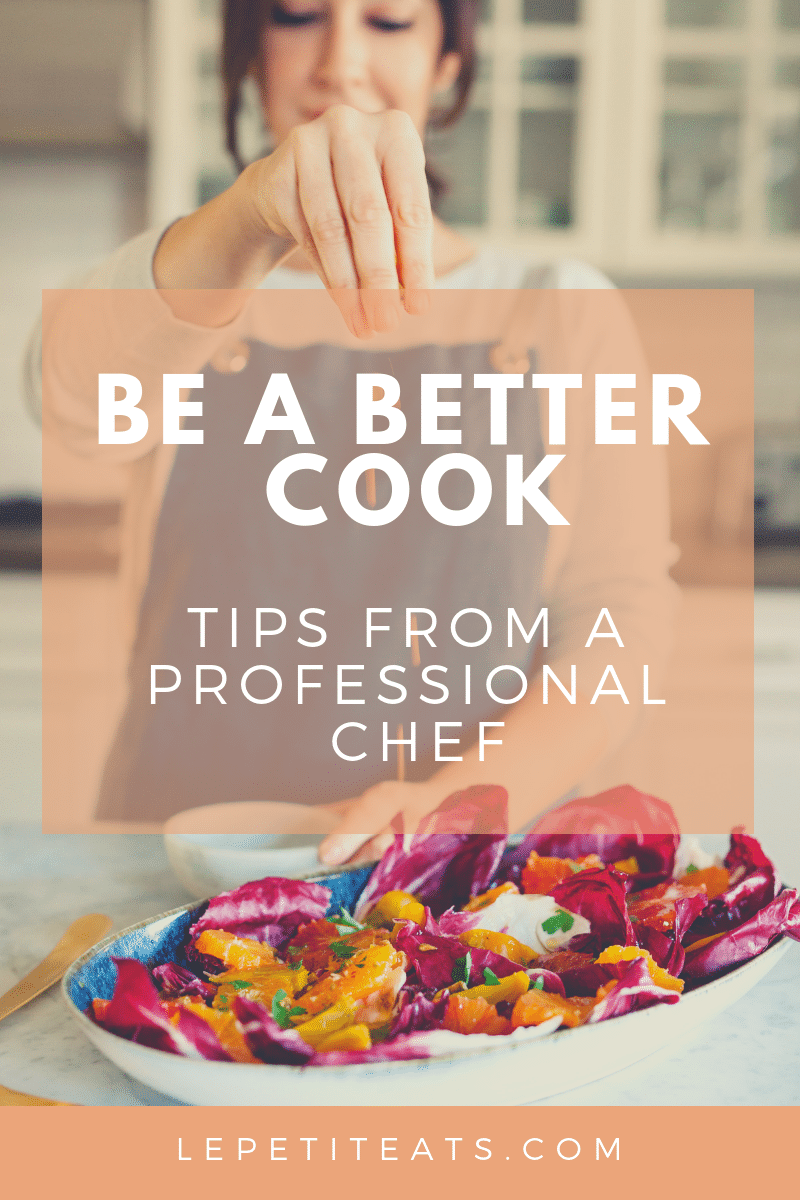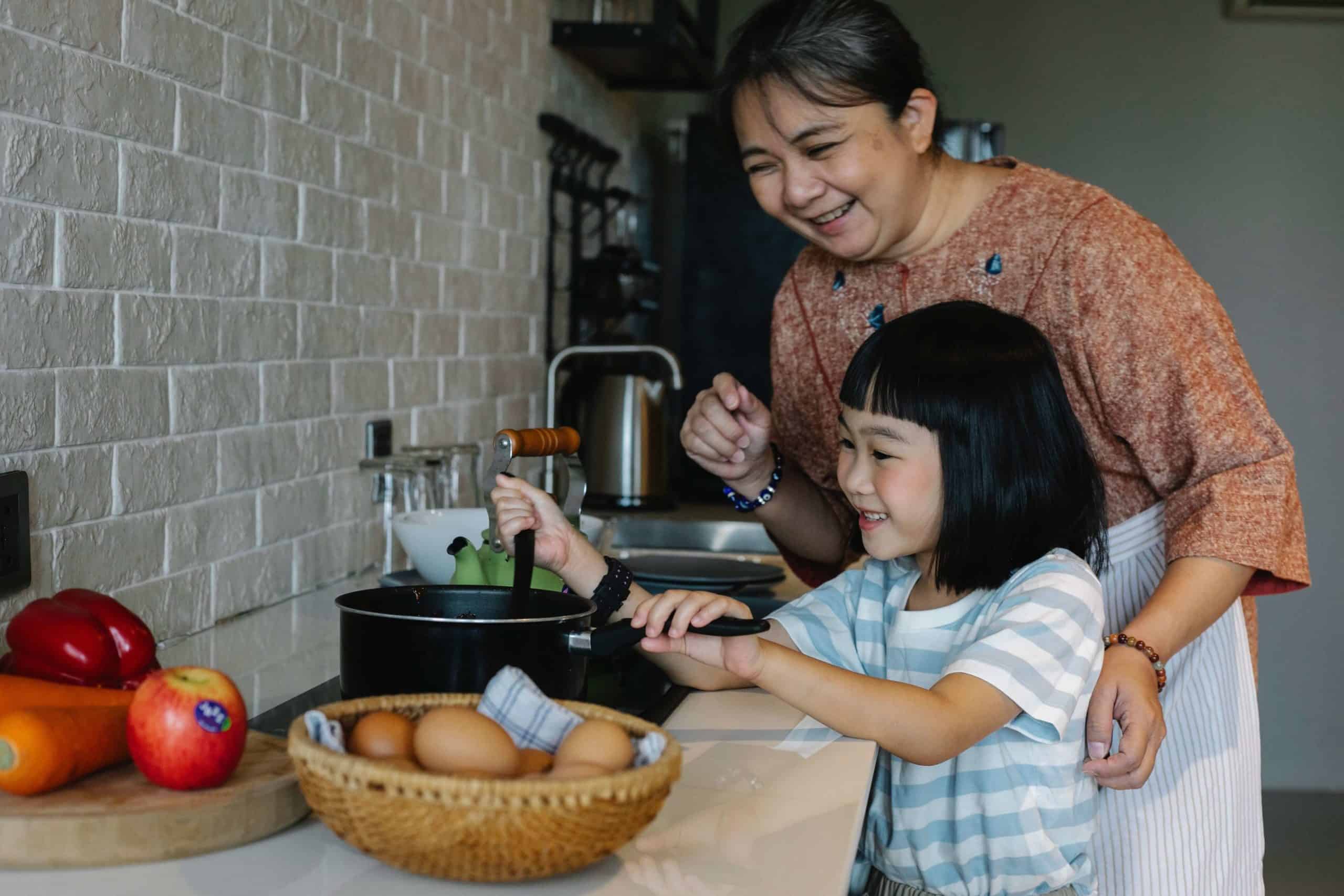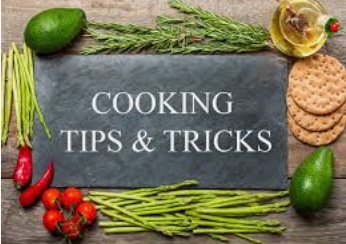
You can ensure safety in your kitchen by taking certain precautions. You should be mindful of potential hazards in your kitchen. These include electric fires, choking hazards, or fires. Continue reading to find out more about safety in the kitchen. These are the best:
Fire hazards
One of the most dangerous areas in the home is the kitchen. Common kitchen hazards can lead to serious injuries. Some accidents are avoidable, but others can cause serious injuries. You can avoid most kitchen accidents with just a few basic precautions. As always, if you suffer from an injury, get medical attention immediately. Even though it may seem like a minor problem, there may be an internal injury hidden that is not visible for several days.
Electrical fires
Although electrical fires in kitchens are often unpredictable, these disasters can be prevented by following some basic safety measures. It is important not to overload an electric outlet. Also, avoid using water or other liquids close to heat-generating appliances. Make sure to unplug appliances that are not meant to be used with water or liquids. Overloading outlets can cause dangerous conditions and even trip breaker.

Stoves
House fires are often caused by people leaving things unattended in the kitchen. Sometimes people forget to check on their kitchen stoves while they're out and about or just for a quick break. It is important to ensure that you don't leave any items near the stove. You can also set a timer so that it doesn't take too long. Potholders can also be used to catch any packaging on the stove.
Choking hazards
The dangers of choking in the kitchen are numerous. Children can choke on almost anything, even if it is small. Parents need to be careful about their children's safety. They should check behind sofa cushions and under furniture for any areas that a child might reach. In addition to keeping choking hazards out of sight, parents should also know CPR and keep a phone nearby for emergencies. Childproofing cabinets and drawers is a good way to prevent children from choking in the kitchen. Children must be watched when they eat and food should be cut into halves.
Cross-contamination
In the kitchen, cross-contamination is a common problem. Cross-contamination is a problem that can result in dangerous bacteria being transferred to food. Cross-contamination is a problem regardless of whether a machine was used to cut meat or to create glassware. In 2008, a meat slicer was infected by listeria. Cross-contamination may not always be possible. However, there are still a few steps you should take to prevent cross-contamination in your kitchen.

Hand washing
Proper hand hygiene is an important part of food safety. Hand washing is essential for food safety. Employees must wash their hands often and frequently. It requires extensive training and proper installation of hand washing stations. Proper hand washing can significantly reduce cross-contamination and ensure a safer food production environment. Hand washing is crucial for food processing plant safety. It should be taught in training sessions and displayed prominently in the workplace. Hand-washing will also make your product cleaner and more healthy.
FAQ
What does it take to become a chef in the United States? What is the average career path?
Five years is required to become a professional chef. During this time, you will study basic cooking techniques and gain experience working as a kitchen assistant. After your training is complete, you will be eligible to apply for a job as a sous chef, executive chef, or line cook. A chef can earn between $25,000 and $60,000 annually.
What are the basics of cooking?
Basic cooking skills include the ability to read recipes and measure ingredients. You need to master these skills if you want to cook for your own meals. Cooking can be a great way of saving money, as you don't need to go out to eat all the time.
Who is the best path to a career in chef work? How can I get started in my career as an chef?
As an apprentice, you can start your journey to becoming a chef. Apprenticeships are a way to earn a living while you learn. You can apply to become a sous-chef after you have completed your apprenticeship. Sous chefs supervise cooks and assist them with tasks like making salads and desserts. They also oversee the restaurant's operations.
Are there any requirements to become a chef?
No. No. Some even went to culinary school just to gain experience. However, most chefs prefer to attend culinary school because it gives them more opportunities to learn and grow professionally. Culinary schools provide hands-on training that helps students develop valuable skills and enhance their culinary knowledge.
Do I require any special equipment?
Cooking doesn't require special equipment. However, it can be easier to use the right tools. For example, you could use a knife instead of a fork to eat pasta or a whisk instead of a hand mixer to whip egg whites into stiff peaks. Having the right tools makes cooking less intimidating and allows you to start faster.
Statistics
- under 10 Kids have been taught that there is special food just for them, and Fiese says that 10 percent of kids will throw a tantrum if they don't get the food they want. (washingtonpost.com)
- On average, chefs earn $58,740 a year, according to the BLS. - learnhowtobecome.org
- In the United States, the category is estimated at $23.2 billion annually and is growing faster than the market. (washingtonpost.com)
External Links
How To
How to make the perfect omelet
Omelets are a favorite breakfast food of mine. How do you make them perfect? There are many recipes and methods I tried, but none worked. I have some tips and tricks to help you make delicious, fluffy omelets every single morning.
First, eggs can be very temperamental ingredients for making omelets. You must get them fresh, organically, and keep them cold until you cook. If they are not kept cold enough, the whites won’t form properly. The yolks will also break down too quickly and become runny. This will make your omelets appear strangely colored. If you want to make omelets right away, it's best not to use eggs that are too cold.
You might also try separating the egg before adding to the pan. It is important not to allow any white to mix with the yolk as this could lead to the omelet becoming curdled.
You could end up burning the bottom half of the egg if the egg is added directly to the heat source. Instead, put the egg in the microwave for 10 seconds before putting it into the pan. The microwave heat will cook the egg just right without making it too hot.
Next, let’s talk about mixing the egg. When mixing eggs, it is important to thoroughly beat them. You can do this by turning the bowl of your mixer upside down. Then, vigorously shake the bowl. By doing this, the egg is thoroughly mixed with the air in the bowl.
Now comes the fun part: adding the milk to your mixture. Fold the eggs in the milk mixture by first pouring half of it into the egg whites. Don't worry if there are still streaks of egg visible; these streaks will disappear once you flip the omelet.
After folding the eggs fold the pan onto medium heat. When the oil starts to hot, wait for the pan to cook. Once the oil starts getting hot, add 1/4 cup of butter to the pan and swirl it around to coat the entire surface of the pan. Now carefully crack open the lid of the pan and sprinkle salt into the pan. Salt will prevent the omelet sticking to the pan.
Cover the pan once the omelet is formed and allow it to cool completely. Flip the omelet over using a spatula or flip the pan upside down. Cook the other side for another minute or two. Remove the omelet from the pan and serve immediately.
This recipe works best using whole milk. Skimmed milk is also possible.